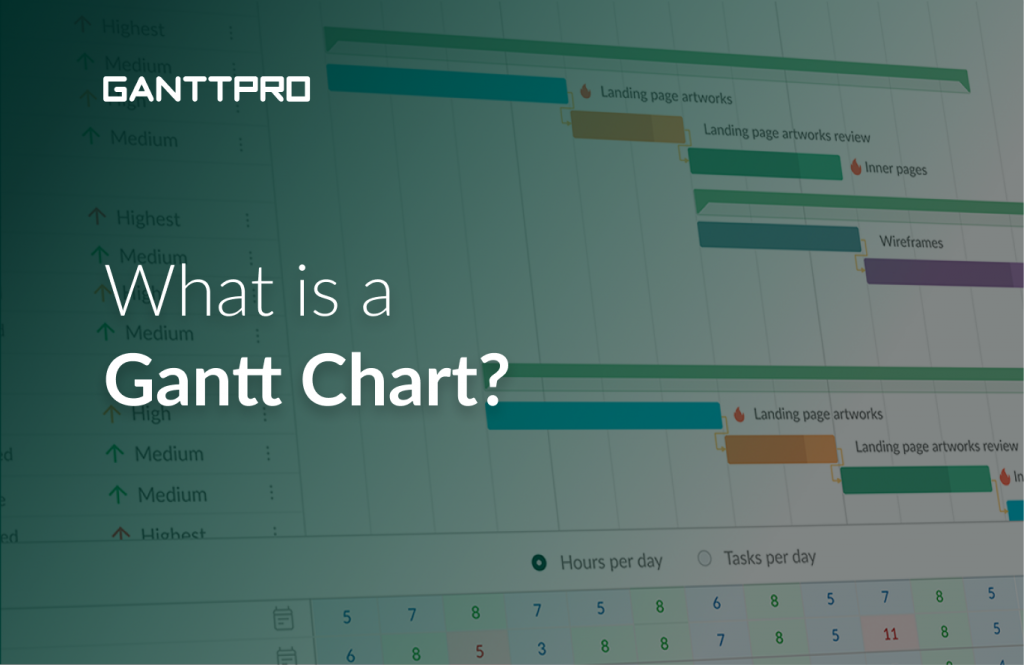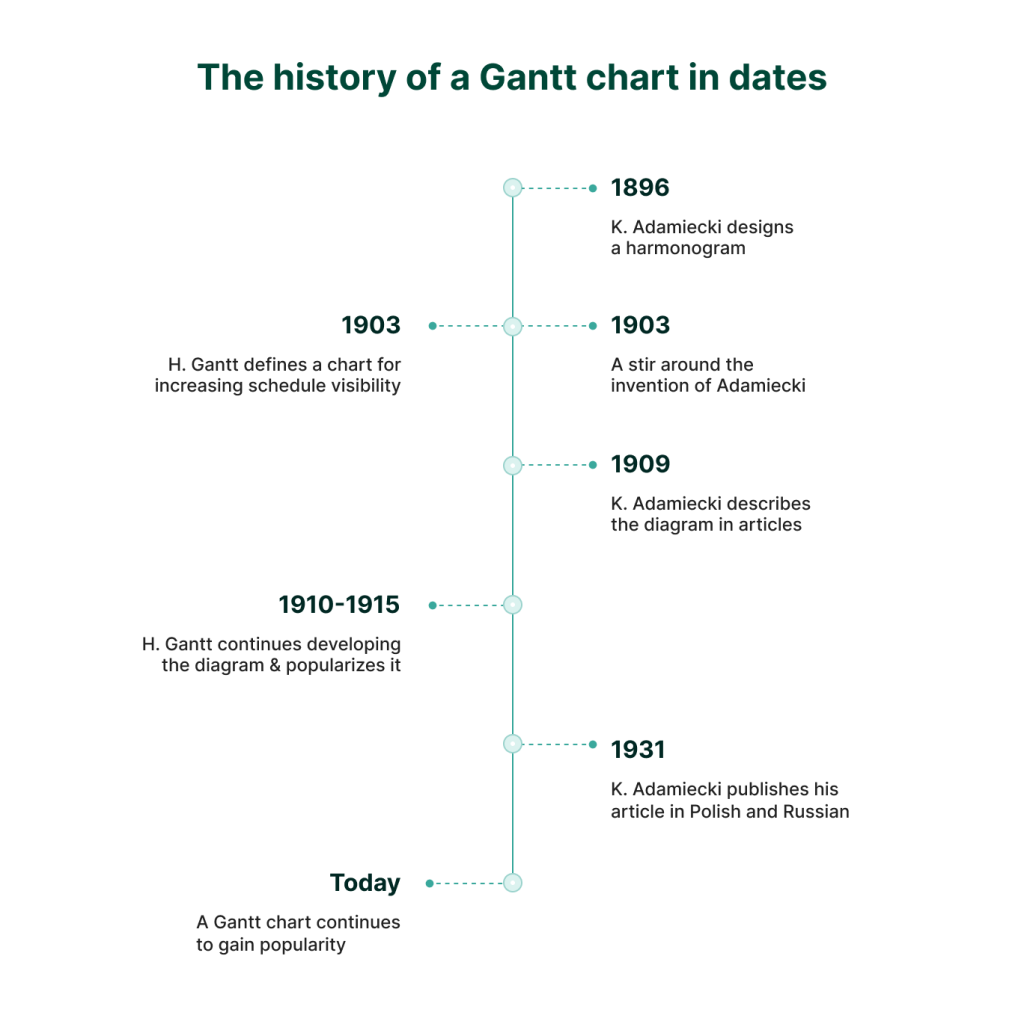

A Gantt chart is a great tool for task management, project planning, scheduling, and progress tracking.
In case you have questions about these diagrams, here is the complete guide to Gantt charts that covers most of them.
A Gantt chart is a bar chart with two axes – a horizontal one and a vertical one. The first one is used to define start and end dates while the latter is used to present tasks.
This diagram shows all your assignments and their dates along a timeline. In other words, it is a clear visually appealing schedule of your and your team tasks and dates that can be connected to each other.
 Gantt chart in project management" width="1024" height="494" />
Gantt chart in project management" width="1024" height="494" />
As you see, with a Gantt chart, you will know what work has to be done, current work as well as what has already been accomplished. It also helps keep track of the progress of your plan or project and be aware of all the deadlines in advance.
By the way, Forbes named a Gantt chart among the seven most important project management techniques in 2024.
The Gantt chart history has its own important milestones and interesting dates.
The “Gantt” in this expression stands for the last name of its creator – Henry Gantt, an American mechanical engineer, and management consultant. He designed a diagram and further published articles about his invention in 1910 and 1915. At that time, those charts were completely novel.
Surprisingly, but a diagram itself was introduced even earlier, in 1896, by Karol Adamiecki, a Polish economist, engineer, and management researcher. However, he only managed to publish his first work in 1909. Later on, in 1931, he published a more widely known article where he described the harmonogram – he called the chart like this.

The reason why the Gantt chart is named after the American engineer and not the Polish one is quite obvious. Henry Gantt spoke and wrote in English, while Karol Adamiecki published his articles in Polish and Russian.
The history of a Gantt chart in a few dates:

A Gantt chart is used to cover several project management issues. However, one of them is fundamental.